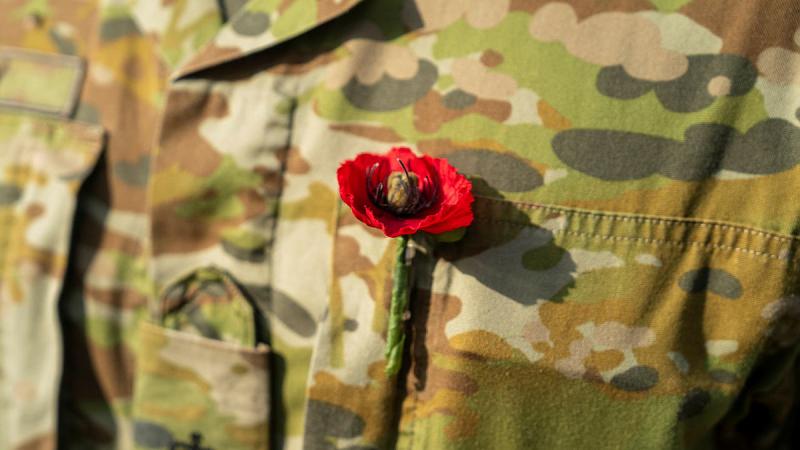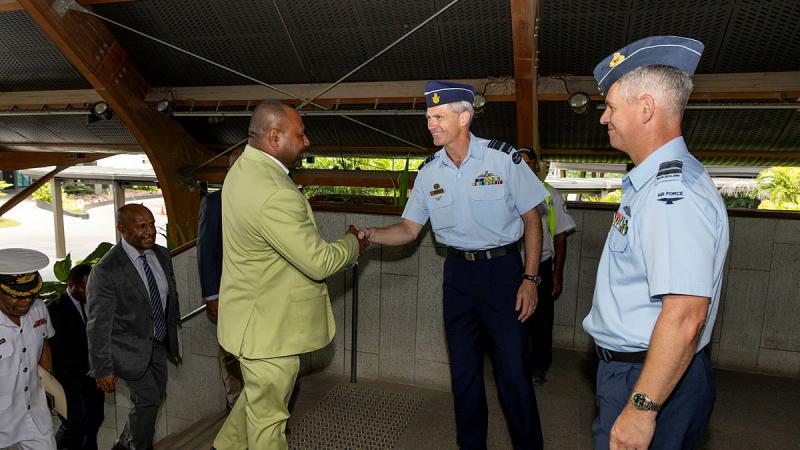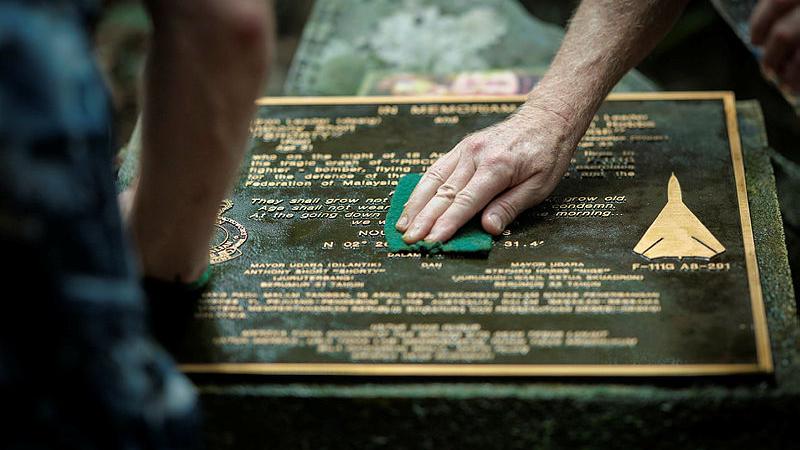The nation’s leaders in bushfire response will unite at Australia’s first National Bushfire Preparedness Summit next month, as preparations for a hot, dry spring and summer continue.
This inaugural summit is the next step in the Albanese Government’s plan to ensure Australia is better prepared for future natural disasters.
It comes as all of Australia’s Emergency Management Ministers gather in Brisbane today (Friday) for a face-to-face meeting. The meeting includes a seasonal outlook briefing by the Bureau of Meteorology and an operational briefing by NEMA.
The Albanese Government will convene the Summit alongside State and Territory governments, emergency services, industry, and not-for-profit organisations in Canberra on 25-26 September.
The event will bring together around 250 crisis management, response and recovery specialists from governments, industry, community and the not-for-profit sector.
It’s the first time a National Bushfire Preparedness Summit has been held, and builds on months of work from Federal, State and Territory Governments to prepare for this year’s bushfire season.
It aims to share Higher Risk Weather Season resources and practise national-level coordination and consequence management in a safe environment.
Federal Minister for Emergency Management, Murray Watt said while bushfire preparedness was now well-advanced across the country, the Summit would be an opportunity for everyone involved in disaster response to work together.
“The Albanese Government, through the National Emergency Management Agency (NEMA), has been working closely with state and territory services throughout the year to plan for the coming higher risk weather season, assessing capability and working to streamline response and early recovery efforts,” Minister Watt.
“But we’re conscious that this is shaping up to be the first significant fire season since Black Summer, so we’re doing everything we can to be as prepared as possible at every level.
“That includes bringing together stakeholders that cover the whole national disaster management and recovery spectrum to make sure everyone knows what to expect this upcoming season, and what support is available in an emergency.
“The Summit will ensure all key stakeholders know what resources and capabilities state and territory governments can draw upon and when, as well as additional operational and information sharing support.
“As a priority we’ll work through best practice approaches for preparedness, response and relief, and will also look at better preparedness for vulnerable communities such as people living with disabilities and First Nations people.”
The Summit will also feature a national scenario exercise based on the seasonal outlook, between Federal, State and Territory personnel and key members of the private and non-government and crucial that will include coordinating complex, compounding and cascading emergencies. This will allow participants to understand their role in the broader response and recovery.
Since being elected last May, the Albanese Government has introduced significant improvements to the way Australia prepares for the higher risk weather season.
This includes:
- Co-investing $94 million this year in bushfire mitigation and preparedness with State and Territory governments through the Albanese Government’s flagship $200-million-a-year Disaster Ready Fund.
- Supporting the leasing and positioning of a national fleet of highly specialised firefighting aircraft for use by state and territory governments through the National Aerial Firefighting Centre (NAFC), and the lease of another National Large Air Tanker.
- Opening an upgraded National Situation Room (NSR) and the National Joint Common Operating Picture, which enables collaboration amongst federal, state and territory government agencies and non-government organisations during a crisis including obtaining satellite imagery from partner agencies as well as predictive analysis to anticipate likely challenges and associated impacts on communities.
- Unifying the two arms of federal emergency management to create the National Emergency Management Agency (NEMA), to be more efficient in disaster management.
- Through NEMA, coordinating partnerships with state and territory emergency services organisations, industry, the not-for-profit sector and other representative groups, which will enable a higher level of readiness for the upcoming season.
- A new, simplified Australian Fire Danger Rating System so that no matter where someone is, they understand the fire risk and what action they need to take.
- Building a National Emergency Management Stockpile, which includes key resources such as emergency shelter, water and electricity, to enable states and territories to quickly access these resources in times of need.
- Investing in Disaster Relief Australia to provide recovery and clean up support after disasters. DRA’s veteran-led operating model provides a trained, on the ground force during recovery and relief efforts.








